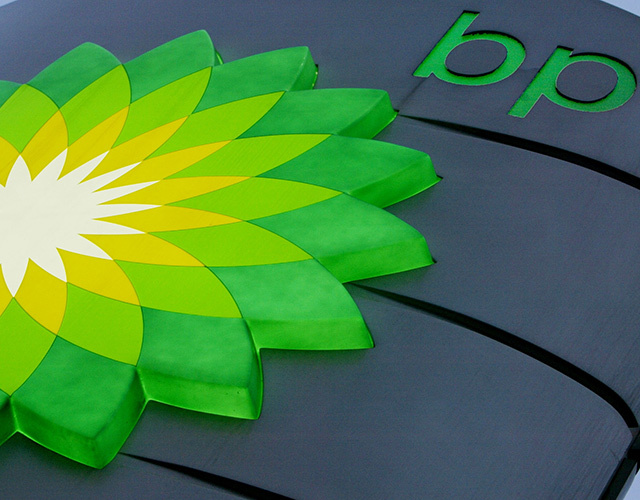
Interest rates are so low that BP Plc has the scope to boost net debt, which is already the highest in four years as the company borrows to pay dividends.
“Money is so cheap right now,” Chief Executive Officer Bob Dudley said in an interview on Tuesday, after reporting net debt rose 25 percent to $30.9 billion in the year through June. “It’s a good time and we can actually manage a little bit more on the net debt.”
Europe’s third-biggest oil company has increased net debt in each of the last four quarters and at this rate it could climb to a record by the end of this year. BP’s net debt to capital, the gearing that some rating companies use to evaluate credit, is at the highest in at least 16 years, according to Jason Kenney, an Edinburgh-based analyst at Banco Santander SA.
The world’s biggest oil producers, including Exxon Mobil Corp., Royal Dutch Shell Plc, Chevron Corp. and Total SA, have sold billions of dollars of bonds this year to maintain dividend payouts as sub-$50 crude crimps spending and cash-flow generation. While the higher borrowing is stretching their balance sheets, the terms are favorable as central banks in the U.S. and Europe keep benchmark borrowing rates low.
Investors currently demand an average yield of 2.86 percent to hold dollar-denominated debt of companies with an investment-grade rating, after reaching a more than three-year low in early July, according to Bank of America Merrill Lynch index data. For euro securities, the yield is a record-low 0.73 percent, the data show.
While BP’s debt gearing rose to 24.7 percent from 18.8 percent a year ago, Dudley said the company is comfortable with a range of 20 percent to 30 percent. In October, the company abandoned a gearing band of 10 percent to 20 percent it put in place in 2010, saying that it would be flexible around a ratio of 20 percent.
“I’m not at all uncomfortable in the 20 percent to 30 percent range,” Dudley said. “That’s an efficient use of our capital.”
Shell, Europe’s biggest oil producer, saw its gearing rise above 26 percent in March after buying BG Group Plc and CEO Ben Van Beurden has said his company’s “first priority” is to reduce debt.
In February, Standard & Poor’s cut BP’s rating, along with those of Total SA and Statoil ASA, citing the need for companies to adjust to lower prices.
“We see the decision to cut investment and increase debt to facilitate shareholder distributions as negative from a credit perspective, because the reduction in investment will affect future cash-generating assets,” S&P said at the time.
While prioritizing dividends, the slump in crude has also forced BP and other oil majors to reduce investment, cut costs and sell assets.
BP’s capital expenditure will be less than $17 billion this year compared with an earlier forecast of “about” $17 billion, the company said Tuesday. While second-quarter adjusted profit declined 45 percent, BP’s operating costs in the past four quarters have been about $5.6 billion lower than in 2014. It aims to increase savings to $7 billion next year.
The London-based company maintained its forecast of being able to balance cash flow with shareholder payouts and capital spending at an oil price of $50 to $55 a barrel next year. Benchmark Brent crude traded at $44.24 a barrel as of 1:29 p.m. in London. That’s down from an average $47.03 in the second quarter and $63.50 a year earlier, but up from $35.21 in the first quarter of this year.
While a surplus of oil products, including gasoline, has halted oil’s almost 60 percent rise from a 12-year high earlier this year, Dudley says the market is now balanced. The glut of gasoline is “seasonal and I wouldn’t draw too many conclusion from that,” he said.
He joked earlier this year that every swimming pool in the world is going to fill up with oil and those stockpiles will keep prices low.
“Somewhere out there, plugs are being pulled out of the swimming pools slowly,” he said. “It’ll take quite a while to drain down the stocks.”
Recommended for you
